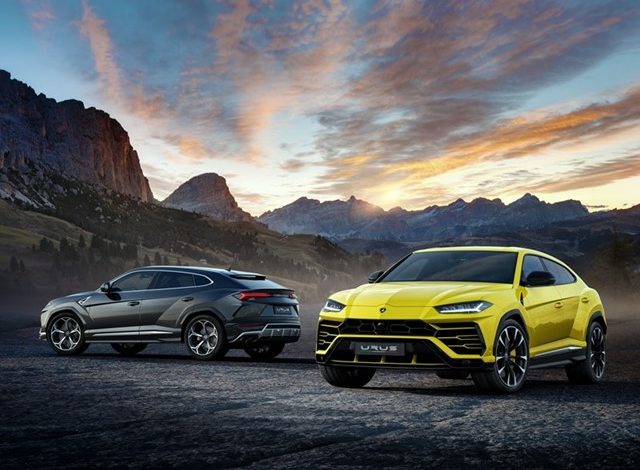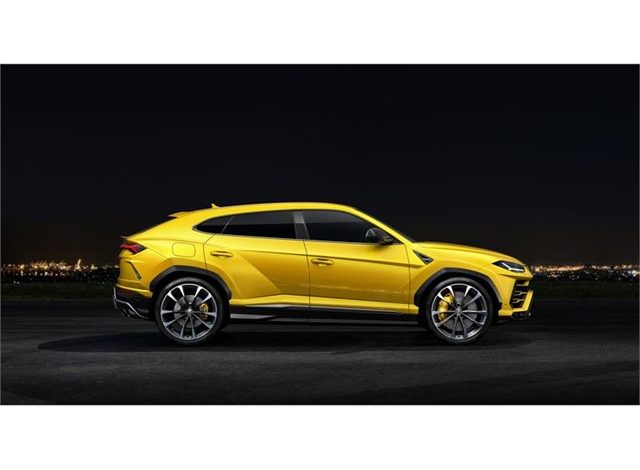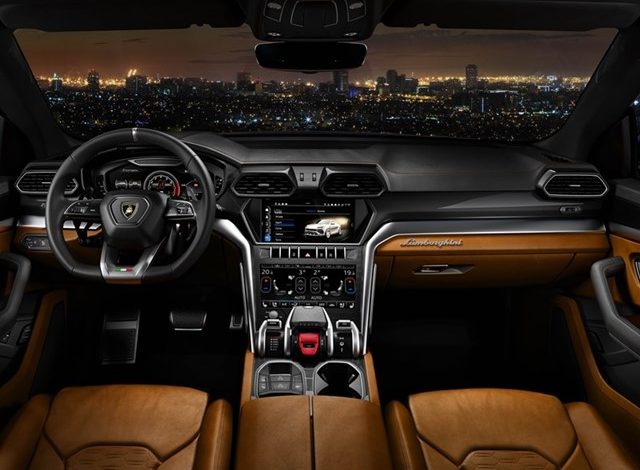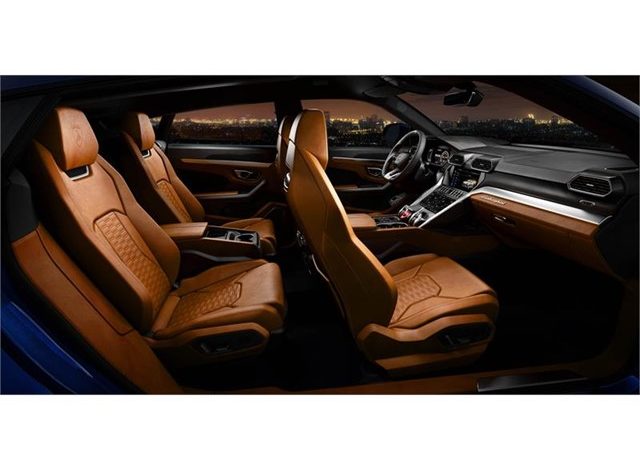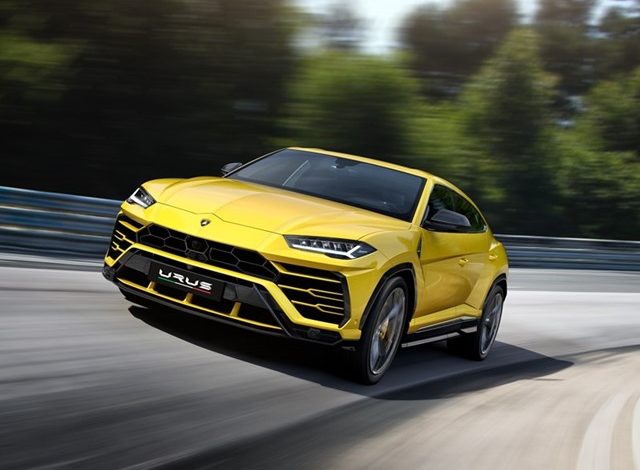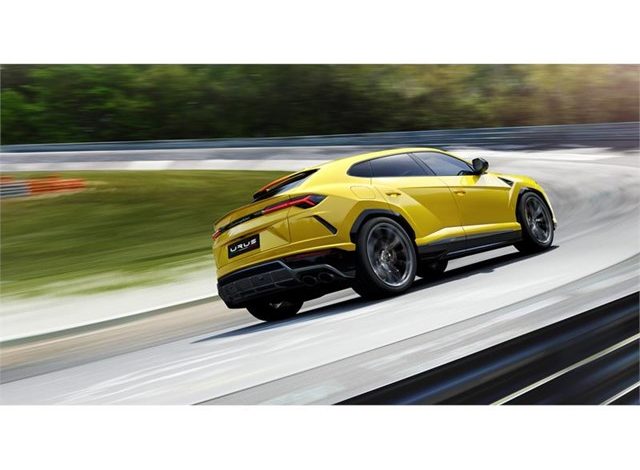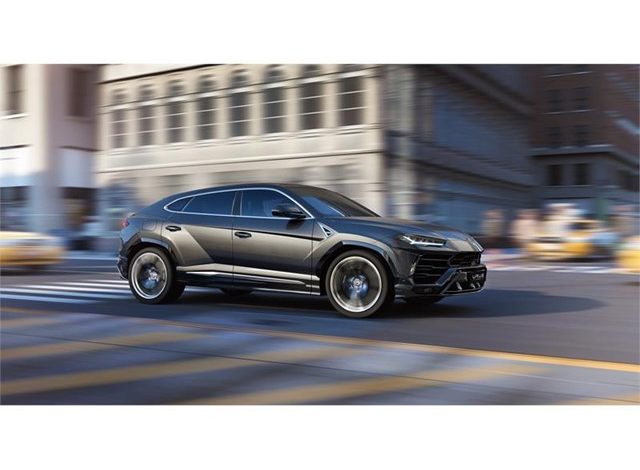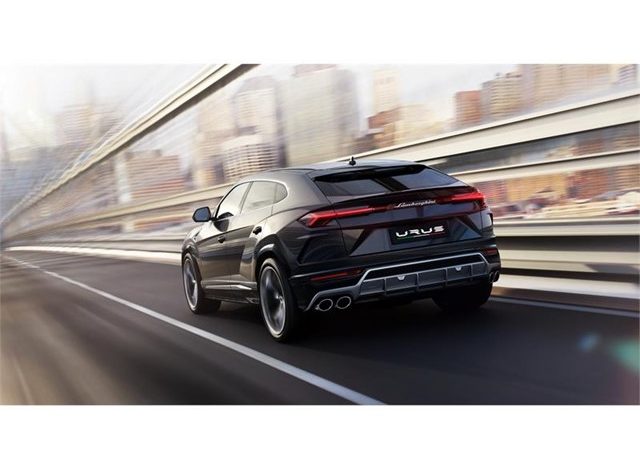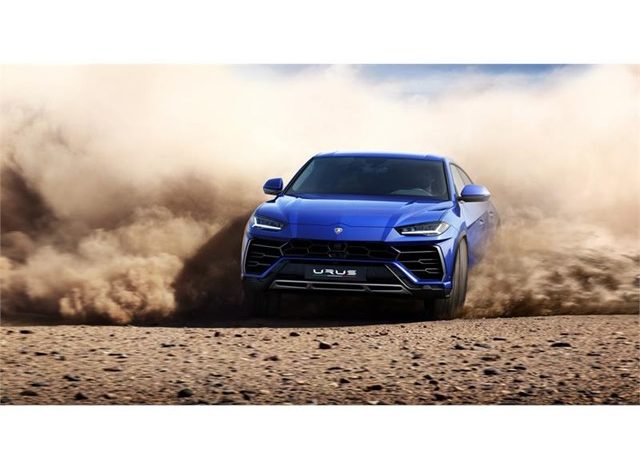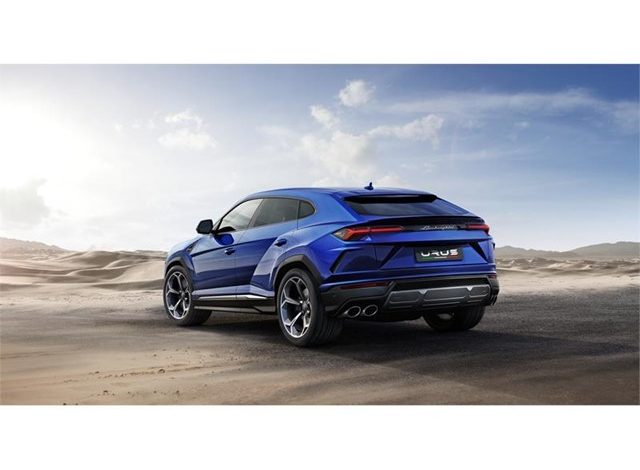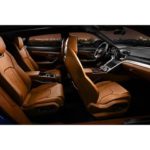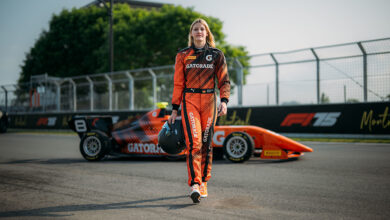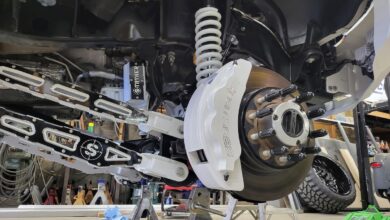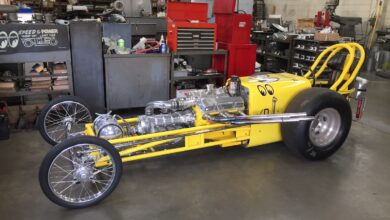Performance SUV Market Keeps Growing
Automobili Lamborghini launched the Lamborghini Urus at the LA Auto Show as the company’s first Super Sport Utility Vehicle.
The Urus features a 4 liter V-8 twin-turbo aluminum engine delivering 650 horsepower at 6,000 rpm, maximum 6,800 rpm, and 850 Nm of maximum torque already at 2,250 rpm.
The Urus accelerates from zero to 62 mph in 3.6 seconds, zero to 124 mph in 12.8 seconds and features a top speed of 190 mph.
The choice of a turbo engine, the first in a Lamborghini, reflects the desired usage range of the Urus, according to the company. Especially in off-road conditions a high level of torque at low revs is necessary and can be guaranteed only by such an engine, providing optimal engine responsiveness and efficiency.
With a curb weight lower than 4,850 pounds, the Urus is the SUV with a weight-to-power ratio at 3.38 kg/hp.
The compact engine optimizes the car’s center of gravity through its low-mounted position. With a central turbo charger layout close to the combustion chambers, optimum engine responsiveness is assured. The twin-scroll turbochargers run in parallel, providing maximum power in full-load conditions. This reduces turbo lag and ensures maximum torque and smooth provision of power throughout the torque curve, even at low speeds, according to Lamborghini.
Two separate exhaust flows complement the cylinder firing sequence by eliminating cross-interference in the exhaust gas cycle. With a double overhead camshaft and variable valve timing, new cylinder-liner technology reduces weight while ensuring the highest performance from the eight-cylinder engine. Cylinder deactivation reduces fuel consumption for a perfect balance between vehicle performance and efficient engine function.
Transmission and Gearbox
The Urus features an automatic eight-speed gearbox. The compact and efficient electro-hydraulically controlled planetary gearbox is tuned to provide very short low gear ratios and longer high gears. A highly efficient slip-controlled converter lock-up clutch and specially-developed torque converter guarantee a highly responsive engine, with an exceptionally powerful starting ratio for exciting acceleration, and high speed at low engine revs for optimal fuel consumption and emissions. Highly efficient gear braking is also assured, according to Lamborghini.
Four-Wheel Drive
The Lamborghini Urus’ four-wheel drive system delivers highly-responsive driving dynamics on every road and surface, in all weather, according to the company. A Torsen central self-locking differential provides maximum control and agility in all driving conditions, particularly off-road. Torque is split 40/60 to the independent front/rear axle as standard, with a dynamic maximum torque of 70 percent to the front or 87 percent to the rear, enhancing traction to the axle with higher ground friction.
The Urus features active torque vectoring via a rear differential, enabling propulsive power to be instantly distributed to each individual wheel for enhanced traction, depending on the driving mode, driving style and the road grip. Torque vectoring also provides additional steering control: less steering effort is required, with enhanced agility allowing higher cornering speeds and a more sporty drive.
In the driving modes STRADA, TERRA (off-road) and NEVE (snow) torque vectoring reduces understeer for safe and simple driving. In SPORT and CORSA torque vectoring allows the Urus to become more agile with a greater oversteer character: interaction between the four-wheel drive system and ESC manages oversteer to enable a precise and fun drive. In SABBIA (sand) mode, the system is calibrated to guarantee agility and precision on terrains with reduced grip such as on gravel or sand dunes, making it the ideal mode for off-road fun.
Rear-Wheel Steering
The Lamborghini Urus adopts the rear-wheel steering introduced in the Aventador S over the whole speed range. The rear steering angle varies up to +/- 3.0 degrees, according to vehicle speed and driving mode selected: at low speeds the rear-axle steering angle is opposite to that of the front wheels (counter-phase steering), effectively shortening the wheelbase up to 24 inches for increased agility and a reduced turning circle for increased maneuverability. At high speeds the rear axle steering angle is in the same direction as the front wheels (in-phase steering), elongating the wheelbase up to 24 inches for increased stability and ride comfort as well as optimum driving dynamics.
